Stefano Ranzani, Orchestra del Teatro alla Scala, Mariella Devia, Vincenzo La Scola - Donizetti: Lucia di Lammermoor (2004/1992)
NTSC 4:3 (720x480) | Italiano (LinearPCM, 2 ch) | 7.72 Gb (DVD9) | 140 min
Classical | Opus Arte | Sub: English
NTSC 4:3 (720x480) | Italiano (LinearPCM, 2 ch) | 7.72 Gb (DVD9) | 140 min
Classical | Opus Arte | Sub: English
Donizetti's great tragedy is his undisputed masterpiece of melancholic romanticism, with the doomed love between Lucia and Edgardo retold from Sir Walter Scott's novel The Bride of Lammermoor. The 1992 production heightens the story’s powerful libretto with its dramatic visual design and first class musical performances.


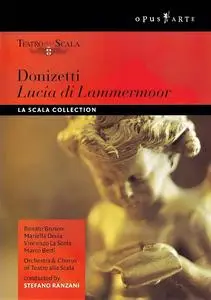
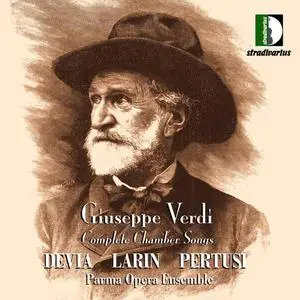
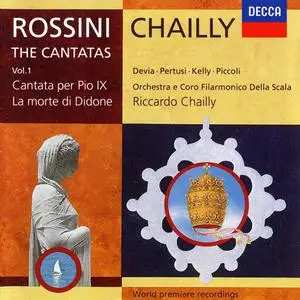
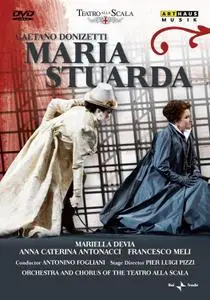
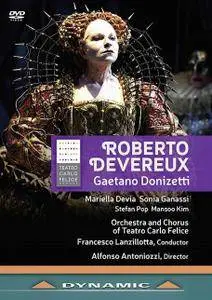
![Alberto Zedda, Orchestra del Festival di Martina Franca - Rossini: Adelaide di Borgogna [1992/1984]](https://pixhost.icu/avaxhome/4d/75/007c754d_medium.jpg)